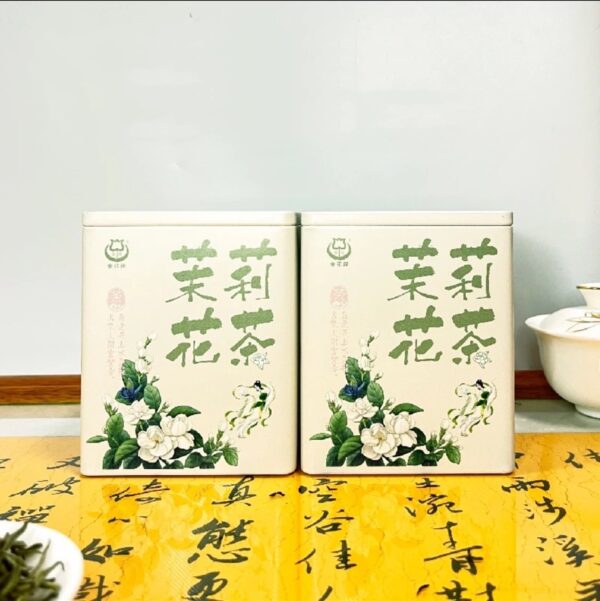
# Jasmine Tea: A Fragrant Journey Through Tradition and Flavor
## The Origins of Jasmine Tea
Jasmine tea has a rich history that dates back over 1,000 years to China’s Song Dynasty (960-1279 AD). This aromatic beverage was originally created in Fujian province, where tea artisans discovered the perfect method to infuse green tea leaves with the delicate scent of jasmine blossoms.
The process of making jasmine tea was considered an art form, with masters carefully timing the harvest of both tea leaves and jasmine flowers to achieve the perfect balance of flavors. Today, this tradition continues, with many tea producers still following ancient techniques passed down through generations.
## The Art of Jasmine Tea Production
Harvesting the Perfect Ingredients
Creating high-quality jasmine tea requires meticulous attention to detail. Tea leaves are typically harvested in early spring, while jasmine flowers are picked during their summer blooming season when their fragrance is most potent. The flowers are gathered in the late afternoon when their petals begin to open, releasing their intoxicating aroma.
The Scenting Process
The traditional method involves layering fresh jasmine blossoms with tea leaves over several nights. As the flowers open, they release their essential oils, which are absorbed by the tea leaves. This process may be repeated multiple times with fresh flowers to achieve different intensity levels of jasmine flavor.
## Health Benefits of Jasmine Tea
Beyond its delightful taste and aroma, jasmine tea offers numerous health benefits:
- Rich in antioxidants that help combat free radicals
- May support heart health by improving circulation
- Contains compounds that can help reduce stress and promote relaxation
- May aid in digestion and weight management
- Potential anti-inflammatory properties
## Brewing the Perfect Cup
Water Temperature Matters
For green tea-based jasmine varieties, use water heated to about 175°F (80°C) to avoid bitterness. Black tea-based jasmine teas can handle slightly hotter water, around 195°F (90°C).
Steeping Time
Generally, 2-3 minutes is sufficient for most jasmine teas. Over-steeping can result in a bitter taste. High-quality jasmine teas can often be resteeped multiple times, with each infusion revealing different nuances of flavor.
## Jasmine Tea Varieties
There are several types of jasmine tea to explore:
Keyword: jasmine tea
| Type | Description |
|---|---|
| Jasmine Pearl | Hand-rolled tea leaves that unfurl during brewing |
| Jasmine Silver Needle | Made with white tea buds for a delicate flavor |
| Jasmine Dragon Phoenix Pearl | A premium variety with complex floral notes |
| Jasmine Green | The most common variety, using green tea as its base |
## Cultural Significance
In Chinese culture, jasmine tea holds special meaning. It’s often served to guests as a gesture of hospitality and is commonly used in traditional tea ceremonies. The flower itself symbolizes purity, elegance, and the sweetness of life in Chinese tradition.
During the Ming Dynasty, jasmine tea became a tribute tea offered to the emperor, cementing its status as one of China’s